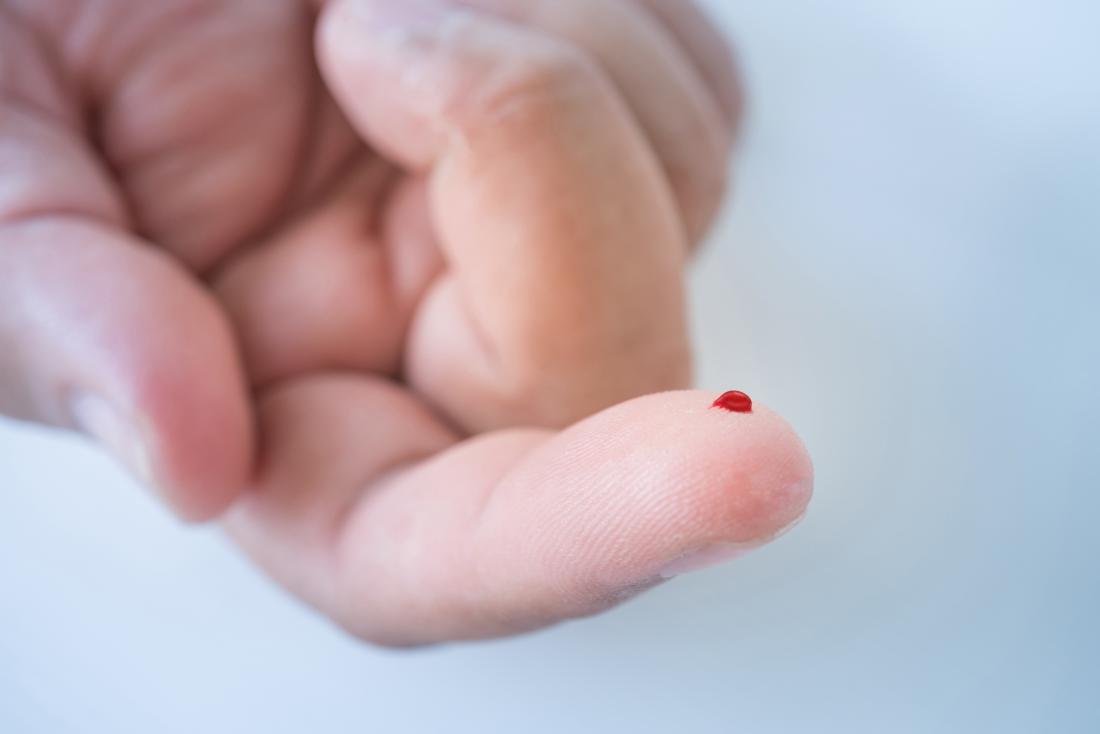
High incidence of dry eyes in patients with sleep apnea.
Patients with obstructive sleep apnea who use a continuous positive airway pressure device or other nasal masks therapy device are predisposed to the high incidence of dry eyes disease, as per the study provided at OSN Italy. In the United States, the prevalence of sleep apnea has extended extensively in current decades. Sleep apnea has additionally been related to ocular issues in studies.
CPAP and NMT customers can be at threat for eye and eyelid infection secondary to airflow from masks leakage or retrograde nasolacrimal air escape,” Cynthia A. Matossian, MD, FACS, said. Over time, this could exacerbate dry eye disease (DED).In addition, sleep apnea is frequently related to metabolic or inflammatory situations, that are known to predispose to the high incidence of dry eyes disease. In a real-international retrospective look, Matossian and co-authors evaluated the superiority of eye-related situations in a collection of 330,926 patients blanketed within the IBM MarketScan database who had been prescribed continuous positive airway pressure (CPAP) or nasal masks therapy (NMT) between 2013 and 2018. None of these patients had a DED diagnosis earlier than the device use. Overall, 13,176 patients had DED. The overall prevalence of DED in CPAP or different NMT device users at 12 months, 24 months, and 36 months was 6.2%, 10%, and 13%, respectively. The overall occurrence becomes 4%, 7.3%, and 10.3%. The prevalence at 36 months becomes double the prevalence rates of DED in the general U.S. population.
“Incidence of DED was higher among patients with comorbid metabolic or inflammatory situations along with diabetes, psoriasis, chronic obstructive pulmonary disease, rheumatoid arthritis, and irritable bowel syndrome,” Matossian said. “It was additionally significantly better in patients who received antidepressants, anxiolytics, and antihypertensives.” Incidence increased with age and become higher in women than in men. In patients with comorbidities, it additionally increased primarily based totally on the period of time using the CPAP device.“In sufferers with concomitant psoriasis, the incidence increased from 9.1% at 1 yr to 22.4% at three years,” Matossian said.





